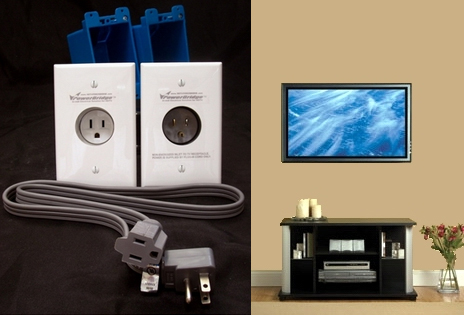jwelectric
Senior Member
- Location
- North Carolina
Mike, there is no way that generator is only designed to used to supply a building and the manual says no such thing.
From the manual
Connections for standby power to a building electrical system must be
made by a qualified electrician. The connection must isolate the
generator power from utility power, and must comply with all
applicable laws and electrical codes. A transfer switch, which isolates
generator power from utility power, is available through authorized
Honda generator dealers (see page 43 ).
made by a qualified electrician. The connection must isolate the
generator power from utility power, and must comply with all
applicable laws and electrical codes. A transfer switch, which isolates
generator power from utility power, is available through authorized
Honda generator dealers (see page 43 ).
Then we can't forget what the NEC has to say
250.34(C) Grounded Conductor Bonding. A system conductor that is required to be grounded by 250.26 shall be connected to the generator frame where the generator is a component of a separately derived system.
FPN: For grounding portable generators supplying fixed wiring systems, see 250.20(D).
FPN: For grounding portable generators supplying fixed wiring systems, see 250.20(D).
Now for the real question,
In your opinion does this generator require a disconnect as outlined in 225.36?
In your opinion does this generator require a disconnect as outlined in 225.36?


